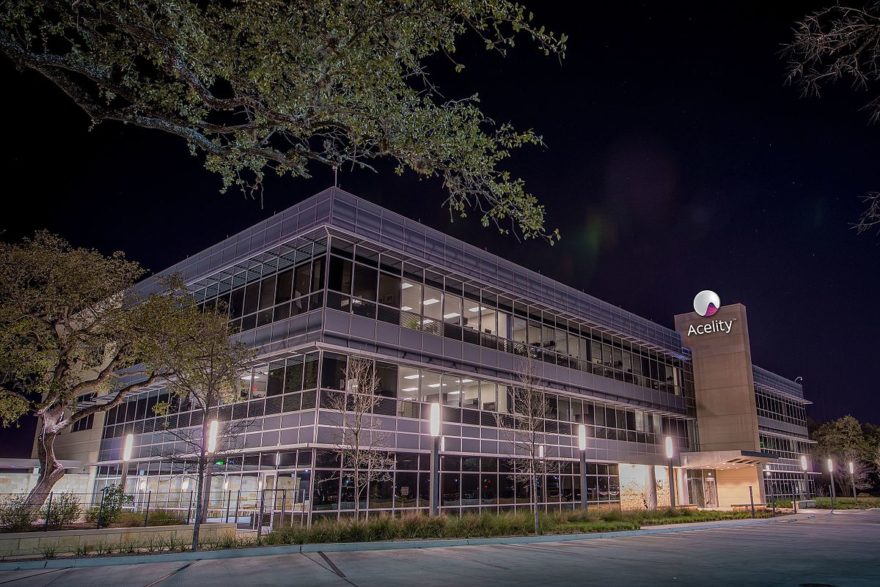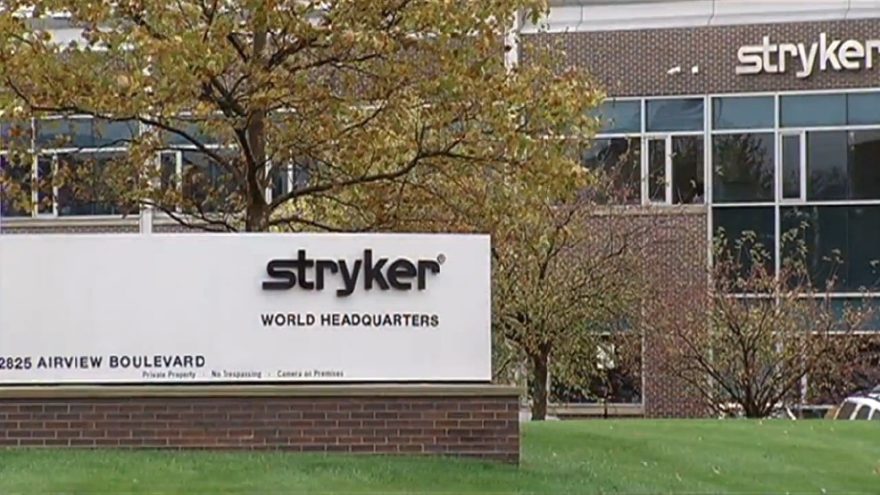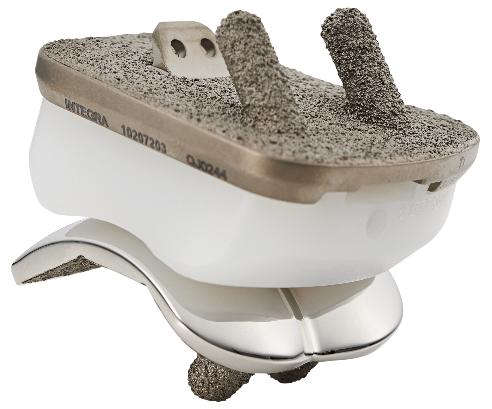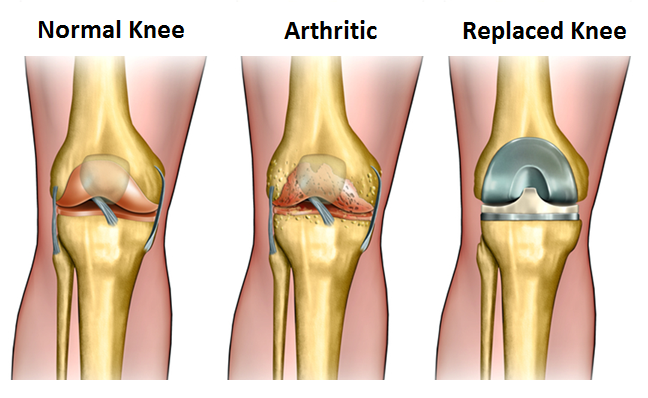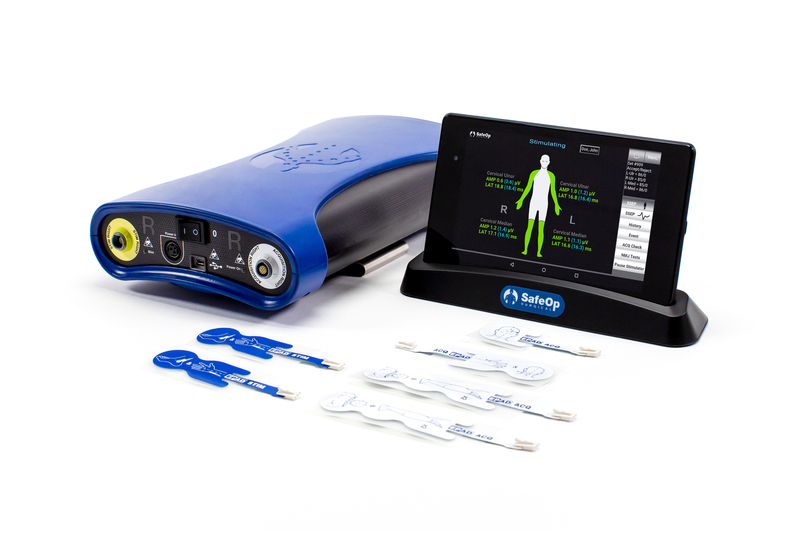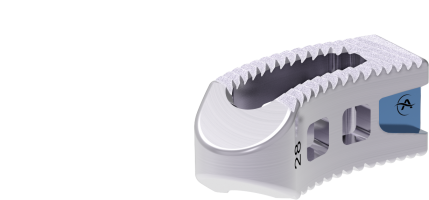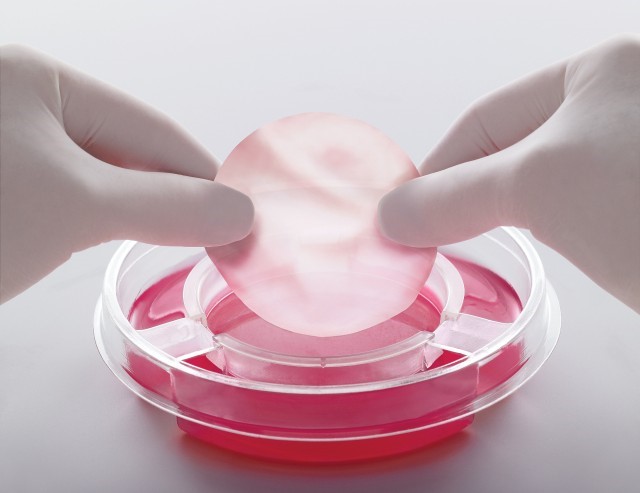PLAINSBORO, N.J., April 04, 2017 (GLOBE NEWSWIRE) — Integra LifeSciences Holdings Corporation (NASDAQ:IART), a leading global medical technology company, today announced that it has increased its credit facility with its bank group led by Bank of America, N.A.
The expanded credit facility includes the following terms:
- An increase in the credit facility from $1.5 billion to $2.2 billion, consisting of an expanded term loan of $1.2 billion with no change to the existing revolving line of credit of $1.0 billion;
- The $700 million incremental term loan will be made available in a single drawing on a delayed basis, at the time of closing the Codman Neurosurgery acquisition;
- An increase in the Company’s maximum consolidated total leverage ratio to 5.5 times EBITDA, as calculated per the credit agreement, for an incremental 25 basis point rate as well as a 5 basis point incremental commitment fee;
- No other changes in pricing terms or commitment fees; and,
- No change in maturity of the credit facility (December 7, 2021).
“We are pleased to announce that we have secured the financing for our planned acquisition of Codman Neurosurgery under favorable credit terms,” said Glenn Coleman, chief financial officer, Integra LifeSciences. “We continue to expect the acquisition to close in the fourth quarter of 2017, and with this new agreement in place, retain the strength and flexibility of our balance sheet.”
Integra LifeSciences plans to use $700 million of the incremental term loan, together with borrowings from the existing revolving facility, to finance the acquisition of Codman Neurosurgery from Johnson & Johnson, which was previously announced on February 15, 2017. Borrowings from the existing revolving facility will also be used to cover fees and expenses incurred in connection with the credit facility expansion and for general corporate purposes.
The incremental term loan will be made available upon closing of the Codman Neurosurgery acquisition. As a result, Integra LifeSciences will not incur a material financial impact related to this financing until the closing date of the acquisition, which is expected to be in the fourth quarter of 2017. Around the time of closing, Integra will provide an update to its 2017 financial outlook.
As previously stated on February 15, 2017, Integra expects the Codman Neurosurgery transaction to be accretive to adjusted* EPS by at least $0.22 in the first full year after closing and increasing thereafter, and to GAAP EPS by the end of the third year.
About Integra
Integra LifeSciences is dedicated to limiting uncertainty for clinicians, so they can concentrate on providing the best patient care. Integra offers innovative solutions, including leading plastic and regenerative technologies, in specialty surgical solutions, orthopedics and tissue technologies. For more information, please visit www.integralife.com.
Forward-Looking Statements
This news release contains “forward-looking statements”, including statements regarding the proposed transaction and the ability to consummate the proposed transaction. Statements in this document may contain, in addition to historical information, certain forward-looking statements. Some of these forward-looking statements may contain words like “believe,” “may,” “could,” “would,” “might,” “possible,” “should,” “expect,” “intend,” “plan,” “anticipate,” or “continue,” the negative of these words, other terms of similar meaning or they may use future dates. Forward-looking statements in this document include without limitation statements regarding the planned completion of the proposed acquisition, the benefits of the proposed acquisition, including future financial and operating results, Integra’s or the Codman Neurosurgery business’s plans, objectives, expectations and intentions and the expected timing of completion of the proposed acquisition. It is important to note that Integra’s goals and expectations are not predictions of actual performance. Actual results may differ materially from Integra’s current expectations depending upon a number of factors affecting the Codman Neurosurgery business and Integra’s business and risks and uncertainties associated with acquisition transactions. These factors include, among other things: successful closing of the proposed acquisition; the risk that competing offers will be made for the Codman Neurosurgery business before the binding offer is accepted; the risk that the binding offer may not accepted on a timely basis or at all; the ability to obtain required regulatory approvals for the proposed acquisition (including the approval of antitrust authorities necessary to complete the proposed acquisition), the timing of obtaining such approvals and the risk that such approvals may result in the imposition of conditions, including with respect to divestitures, that could materially adversely affect Integra, the Codman Neurosurgery business and the expected benefits of the proposed acquisition; the risk that a condition to closing of the proposed acquisition may not be satisfied on a timely basis or at all, the failure of the proposed acquisition to close for any other reason and the risk liability to Integra in connection therewith; access to available financing (including financing for the acquisition) on a timely basis and on reasonable terms; the effects of disruption caused by the proposed acquisition making it more difficult for Integra to execute its operating plan effectively or to maintain relationships with employees, vendors and other business partners; stockholder litigation in connection with the proposed acquisition; Integra’s ability to successfully integrate the Codman Neurosurgery business and other acquired businesses; global macroeconomic and political conditions; the difficulty of predicting the timing or outcome of product development efforts and regulatory agency approvals or actions, if any; physicians’ willingness to adopt and third-party payers’ willingness to provide reimbursement for Integra’s and the Codman Neurosurgery business’s existing, recently launched and planned products; difficulties or delays in manufacturing; the availability and pricing of third party sourced products and materials; and other risks and uncertainties discussed in Integra’s filings with the SEC, including the “Risk Factors” sections of Integra’s Annual Report on Form 10-K for the year ended December 31, 2016 and subsequent quarterly reports on Form 10-Q. Integra undertakes no obligation to update any forward-looking statements as a result of new information, future developments or otherwise, except as expressly required by law. All forward-looking statements in this document are qualified in their entirety by this cautionary statement.
*Non-GAAP Financial Metrics
Adjusted EPS is calculated by dividing adjusted net income attributable to diluted shares by diluted weighted average shares outstanding. The measure of adjusted net income consists of GAAP net income from continuing operations, excluding: (i) global enterprise resource planning (“ERP”) implementation charges; (ii) structural optimization charges; (iii) certain employee severance charges; (iv) acquisition-related charges; (v) convertible debt noncash interest; (vi) intangible asset amortization expense; and (vii) income tax impact from adjustments and other items.
A reconciliation of Integra’s estimate for accretion to adjusted EPS is not available because estimates for acquisition-related charges, interest expense associated with financing transactions that have not yet closed, and tax rate will not be available until the transaction closes.
The Company believes that the presentation of the various adjusted metrics provide important supplemental information to management and investors regarding financial and business trends relating to the Company’s financial condition and results of operations.
Contacts:
Integra LifeSciences Holdings Corporation
Investor Relations:
Angela Steinway
(609) 936-2268
angela.steinway@integralife.com
Michael Beaulieu
(609) 750-2827
michael.beaulieu@integralife.com

